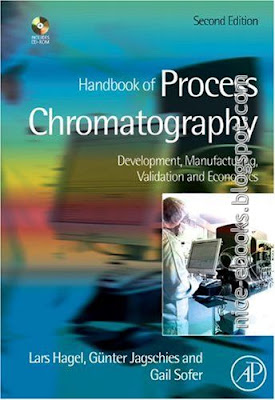by Dr Samuel Hahnemann
Translated from the second enlarged German edition of 1835, by Prof. Louis H. Tafel. With annotations by Richard Hughes, M. D., Edited by Pemberton Dudley, M. D.
Whatever estimate Science may finally place upon the discoveries and doctrines of Hahnemann, and whatever measure of confidence in his therapeutic belief Posterity may accord or withhold, his personality and work have achieved a position which must render them perpetually historic. His teachings have been so interwoven with the entire fabric of medical progress during the last hundred years, and are so interlaced with the formative development of the incoming century, that neither the wear and tear of time nor the dissections of criticism will ever be able to dissociate them. They are destined, inevitably, to run through the texture of every page in the future annals of medicine.
Download Link:
http://rapidshare.com/files/79572913/chronic_diseases.zip



































